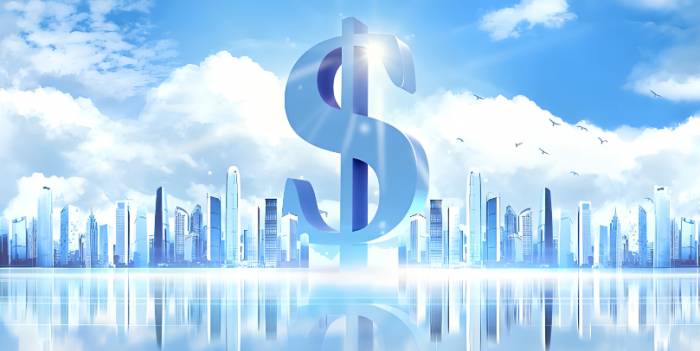Powell's Return Worries Economists
The majority of economists believe that policy missteps are the biggest downside risk to the U.S.economy over the next 12 months.How will Powell respond?
As Federal Reserve Chairman Jerome Powell is scheduled to speak on Tuesday,a newly released survey of economists indicates that policy errors that may occur in the final stages of the Federal Reserve's fight against inflation are the main risk to the U.S.economy next year.
In a recent survey conducted by the National Association for Business Economics (NABE),39% of the 32 professional forecasters polled considered "monetary policy mistakes" to be the "biggest downside risk to the U.S.economy over the next 12 months." In comparison,23% of respondents believed that the outcome of the U.S.presidential election on November 5th poses the greatest downside risk,with an equal percentage citing escalating conflicts in Ukraine and the Middle East as the greatest risk.
The survey results,announced last Sunday,highlight concerns about the Federal Reserve's ability to ease monetary policy while maintaining a steady decline in inflation rates to the 2% target and avoiding a significant rise in unemployment rates after a year of moderate increases.
Powell is expected to elaborate on the reasons behind the Federal Reserve's decision to lower the benchmark interest rate by 50 basis points at the September 17th-18th meeting,as well as the considerations that will shape a series of interest rate cuts expected for the remainder of this year and through 2025,in his speech to the association in Nashville,Tennessee,at 1:55 a.m.Beijing time on Tuesday.
The Federal Reserve is anticipated to cut rates again at its policy meeting on November 6th-7th,with a reduction of 25 or 50 basis points.
The association's panel of economists stated that the overall risks to the U.S.economy are increasing,with 55% indicating that the likelihood of the U.S.economy performing worse than expected is greater than the chance of it outperforming expectations,with Federal Reserve policy being the leading potential speed bump.
The panel's median forecast shows that U.S.economic growth is expected to slow from an estimated 2.6% this year to 1.8% next year,with the unemployment rate rising from the current 4.2% to 4.4%,and the inflation rate reaching 2.1% by the end of next year.
Two-thirds of the respondents indicated that they do not anticipate a recession before at least 2026."Timely"
Such a result may please Powell and the Federal Reserve,as it represents a textbook "soft landing." Inflation,measured by the PCE price index favored by the Federal Reserve,has dropped from a peak of over 7% in 2022 to 2.2% last month,without causing an economic recession or a significant increase in unemployment rates.
Although the unemployment rate has risen from a half-century low of 3.4% last year to 4.2%,it is still far below the average of 5.7% since the late 1940s as recorded by the U.S.Bureau of Labor Statistics.
However,there is widespread disagreement on how to complete this task,highlighting concerns about whether the Federal Reserve has the ability to avoid maintaining borrowing costs and financial conditions at overly tight levels,thereby unnecessarily dragging down economic growth,or to avoid easing monetary policy too quickly,leading to a rebound in inflation.
While the panel's forecasters indicated that the current policy interest rate is at the appropriate level after the Federal Reserve's most recent rate cut,there is a roughly divided view on this issue—most believe that the Federal Reserve has deviated from the path.65% of respondents said that the move was "timely. "
"
But the survey shows that only one-third of people believe that the current policy interest rate is "just right," while another third "think that the interest rate should be below 4.75%,and 30% believe it should be at 5% or higher."
Leave a Reply